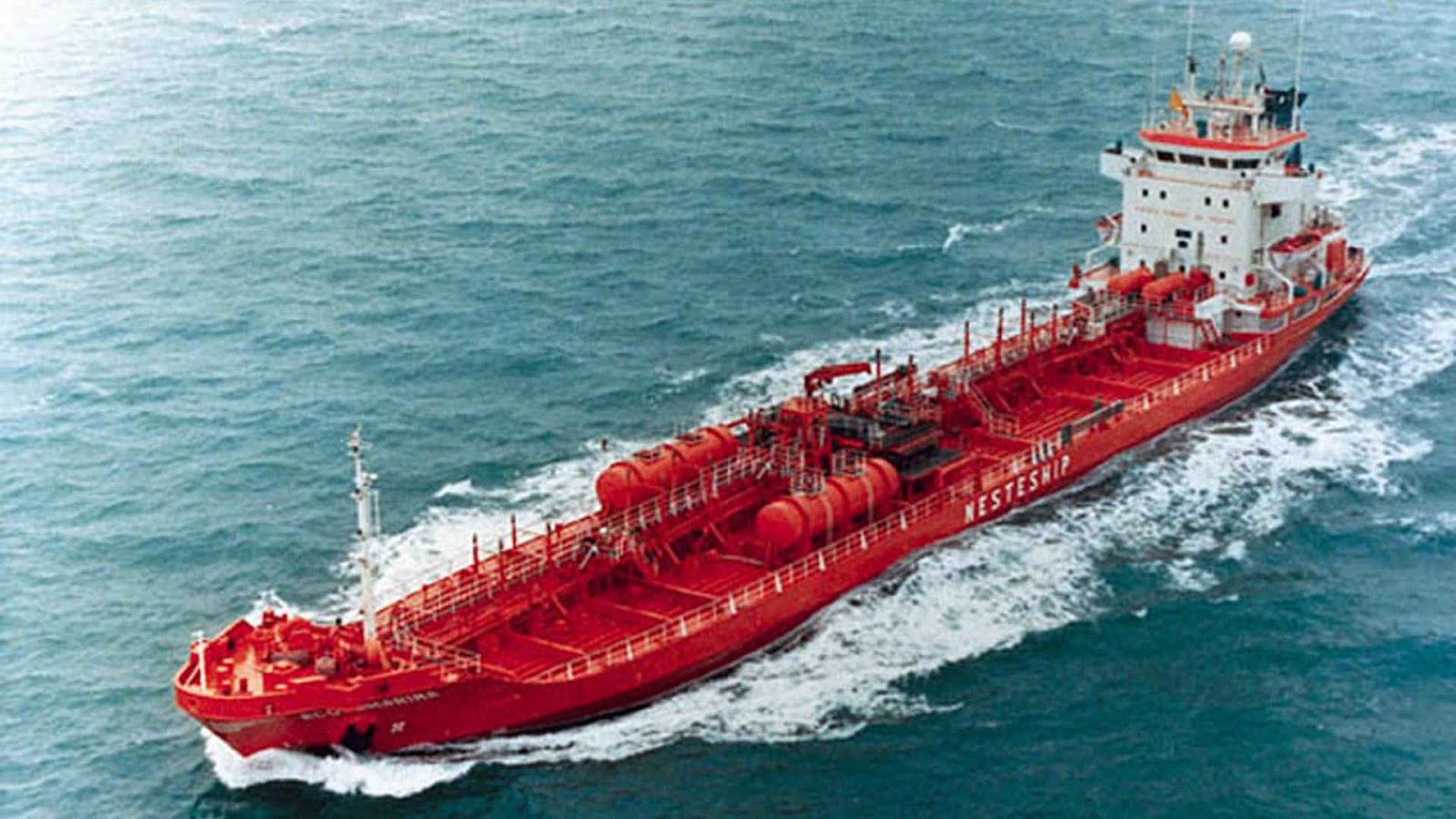Hydrocarbon transporters at a disadvantage compared to modernization and demand

Daniel Bosch Wood
Maritim Lawyer
LLM Southampton
Las Palmas de Gran Canaria
The wave of delivery of new boats has the world of maritime transport as a child waiting for gifts. Everyone is waiting for the arrival of the new ships, which were sent at a particularly favorable time for renewal: need to update and include technological measures to meet environmental demands. However, the modernization of the fleet complicates oil transporters, as fewer and fewer companies use this type of fuel.
According to an analysis conducted by Alphatanker, 2017 was the second year in which a large number of oil tankers entered the market. More than 90 ships were built in 2016 and as many in 2017, compared to the average of 43 vessels per year between 2013 and 2015. The excess capacity of the tanker is also facing new ships that have already entered the routes during the two first months of the year, all of great capacity. For the remainder of the first quarter of 2018, it is expected that 33 more tankers join the world fleet along with another 95 between April and December. This would add 115 tankers in a single year, marking the largest number of tankers available in the market since 2009.
Scrapping and age
The hopes for not overcooking the capacity of the market lie in the fact that the scrapping activity does not lose momentum. The weak demand, added to environmental measures and the advanced age of the fleet, will require the removal of at least 60 tankers, according to Alphatanker, achieving the highest scrapping figures since 2012, thus giving space to the arrival of the new tonnage, composed in mostly VLCCs and Suezmax ships.
In 2018 a large number of tankers have 15 years of useful life, or more, which makes them excellent candidates for scrapping. About 71 Aframax tankers, out of a total fleet of 137, will be 15 years old this 2018, the largest amount since 1991, along with 37 other VLCCs. The ‘discrimination’ by age in the ships must be stricter regulations on the part of the charter linked to safety issues. Therefore, between those that leave -137- and those that enter -151- it is assumed that the tanker fleet less than 15 years old would be composed of only 14 vessels worldwide. With this, the market would be composed of some 584 VLCC units, 469 Suezmax units, 485 Aframax units and only 47 Panamax units, all under 15 years of age.
Weak demand
But the picture is discouraging. With the decrease in demand for crude oil in the world, the balance between scrapping and the entry of new capacity could be precarious, forcing low freight rates during at least the first half of the year. Alphatanker believes that the ‘crisis’ will hit bottom in the third quarter of the year and then rebound by the end of 2018.
